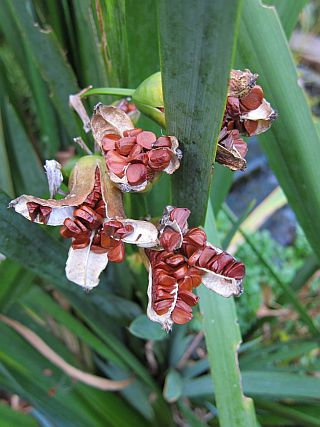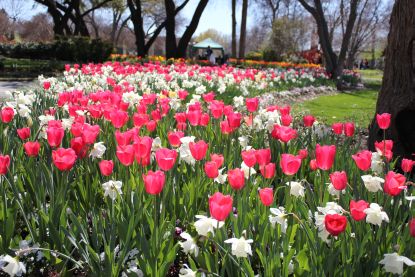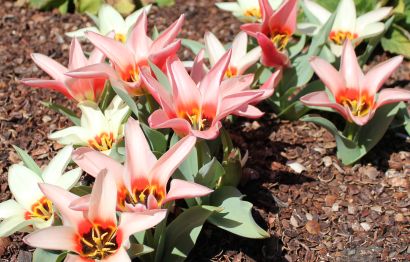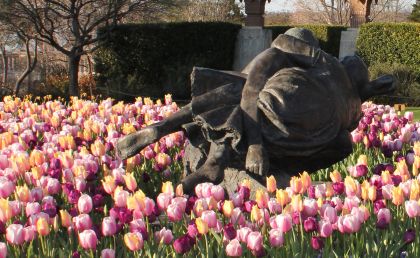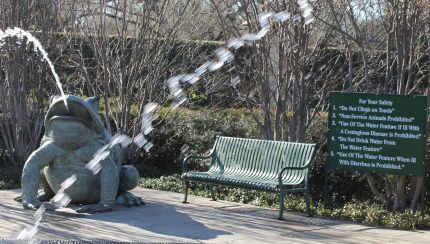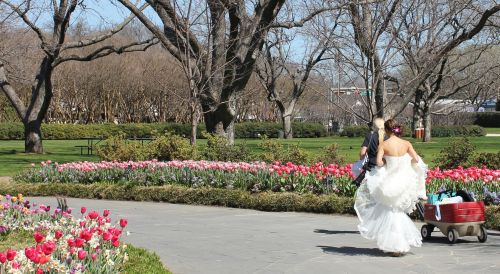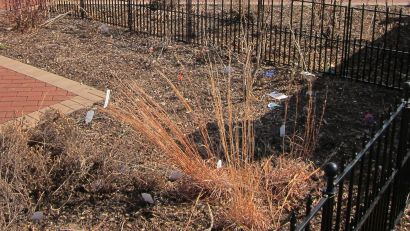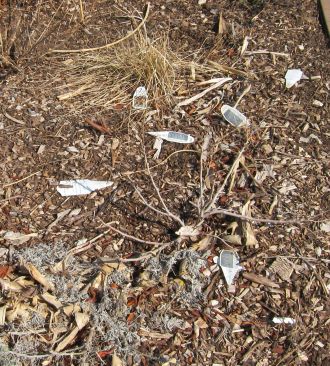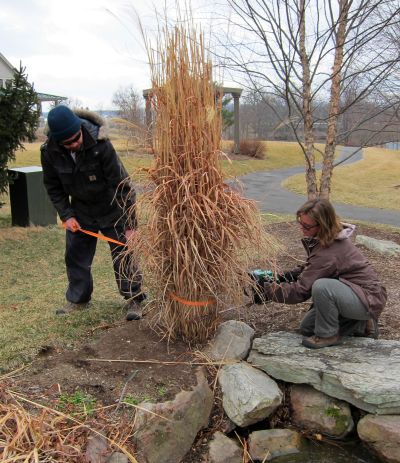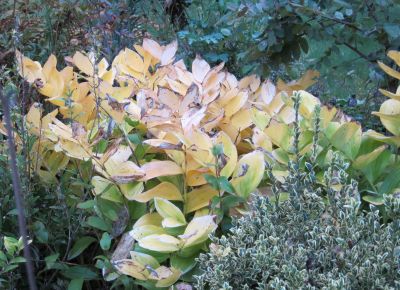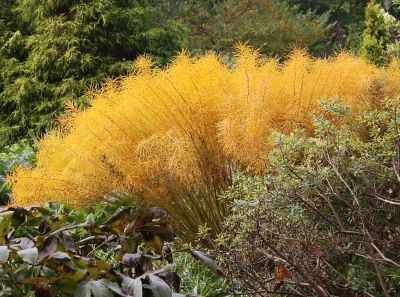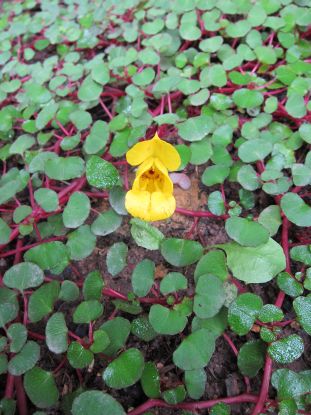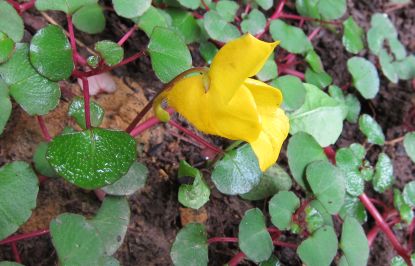Okay, so it’s actually Thursday morning. We’re doing a "staycation" this week and my farm work to-do list dwarfs my usual work week. Not exactly relaxing. One of the daily duties is dragging the hose around trying to keep some favorite plants alive. We’re in a drought, though not near of the awful and epic proportions of some parts of the country. When our Floriculture Forum was held at the Dallas Arboretum this spring, horticulturist Jimmy Turner welcomed us to "Gardening Hell." Huh? Everything was lovely, verdant, and smothered in tulips. But that was February. Bless all your gardening hearts out there (and everywhere else that is so damned dry).
I do get to drag the hose right past one of my favorite garden additions of the last few years. Bulbine frutescens is a South African native that thrives in dry, dry, dry. USDA Zone 9 or thereabouts on the ol’ hardiness scale. We’ve planted it in our tiny scree garden, where several succulents get to spend the warm season stretching their roots before getting scooped back into a pot to overwinter in a chilly greenhouse. (And pardon if Bulbine is as common as mud in your part of the world/continent, it’s just not that well known in the eastern part of the U.S.)
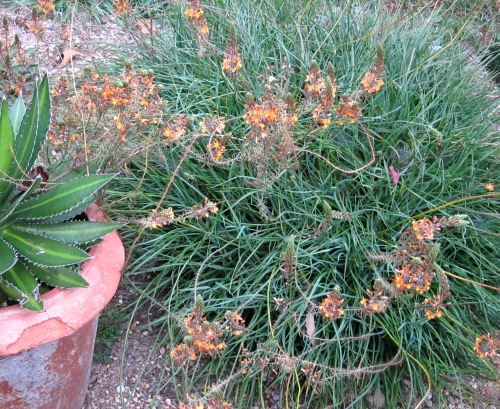
Bulbine frutescens ‘Hallmark’. Looks a bit like my hair this morning. Yes, it would benefit from some deadheading (the plant, that is).
Bulbine foliage looks a lot like the "grassy" species of aloe, and the juice from the leaves is supposed to have some of the same properties when applied to burns and scrapes. It has a fairly neat habit, but within the mound of foliage forms lots of rhizomatous clumps. These are perfect for dividing and sharing (despite the genus name, no bulbs are involved). It flowers non-stop, even throughout most of the winter in the 50 F greenhouse. Our plant is the orange cultivar ‘Hallmark’. The straight species has yellow flowers and can reseed a bit; but I’ve never seen a seedling.

Lovely flowers. No extra water needed – yay!


